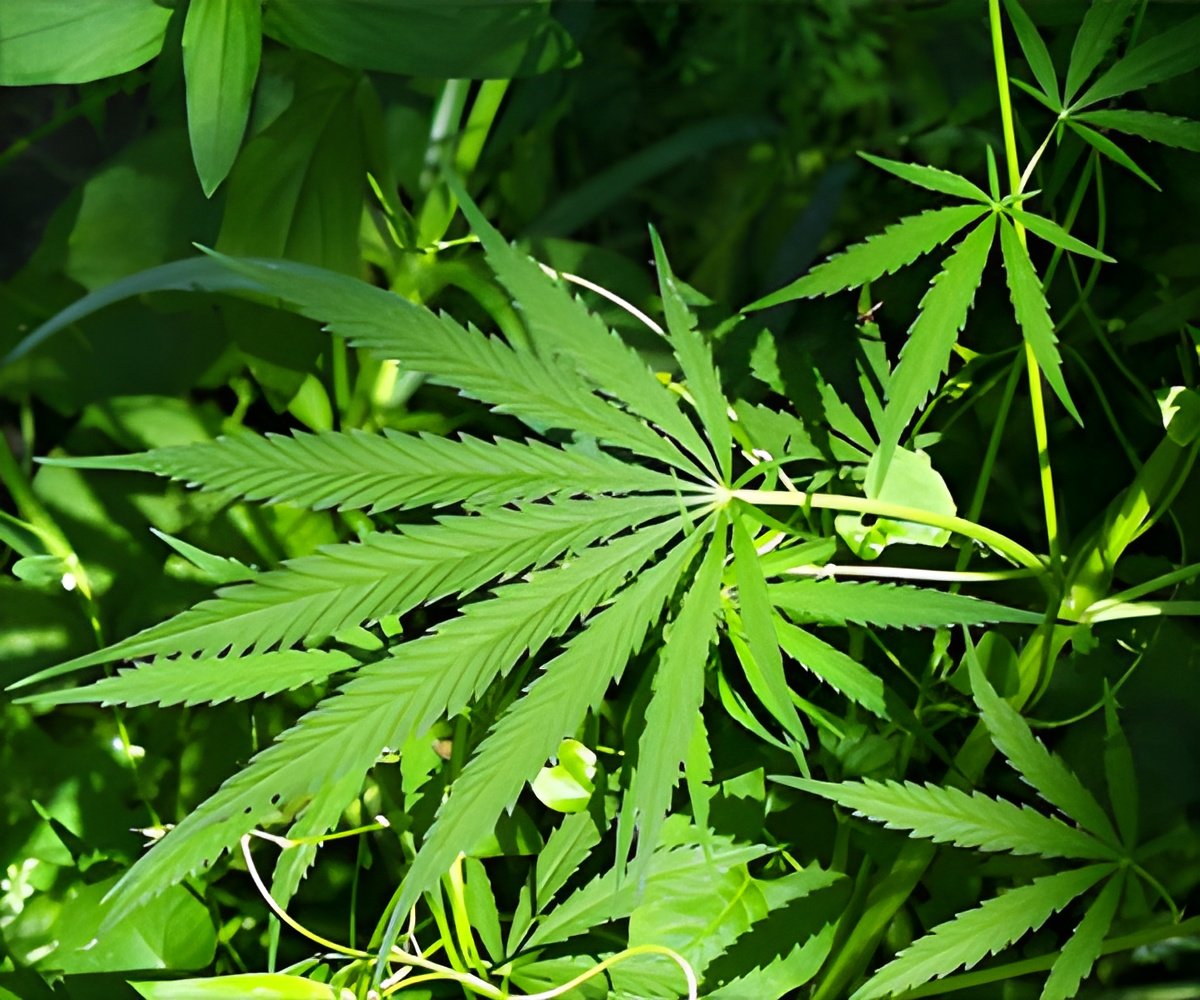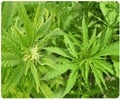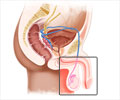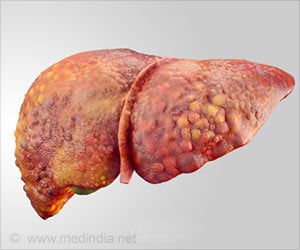In women who use marijuana, the active compounds can end up in breast milk, raising concerns about their potential effects on nursing babies.

‘A new method can help detect trace levels (picograms per milliliter) of active marijuana compounds, including cannabinol and cannabidiol, in breast milk.’





With the legalization of medical and recreational marijuana spreading
across the country, the drug's use is reportedly increasing among
pregnant women. It stands to reason that many of these women will
continue to use marijuana after they give birth. Now researchers have developed a new method to help determine what this means for infants' potential exposure to the active compounds in marijuana in breast milk. Their report appears in the journal ACS Omega.
Researchers at the Centers for Disease Control and Prevention developed a method that begins with saponification - a process often associated with soap-making - to separate cannabinoids from fat in milk. With this approach, the team can detect trace levels (picograms per milliliter) of active marijuana compounds, including cannabinol and cannabidiol, that they say could be present in milk due to second-hand exposure.
The test is 100 times better at detecting THC in milk than previous techniques. The researchers say that their approach could contribute to future studies designed to determine potential health risks of a mother's marijuana exposure to her breastfeeding infant.
Source-Eurekalert















